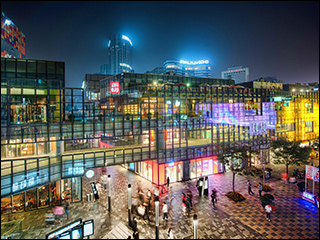Course Description
Using film as a lens to explore and interpret various aspects of the urban experience in both the U.S. and abroad, this course presents a survey of important developments in urbanism from 1900 to the present day, including changes in technology, bureaucracy, and industrialization; immigration and national identity; …
Using film as a lens to explore and interpret various aspects of the urban experience in both the U.S. and abroad, this course presents a survey of important developments in urbanism from 1900 to the present day, including changes in technology, bureaucracy, and industrialization; immigration and national identity; race, class, gender, and economic inequality; politics, conformity, and urban anomie; and planning, development, private property, displacement, sprawl, environmental degradation, and suburbanization.
Course Info
Instructor
Departments
Learning Resource Types
assignment_turned_in
Written Assignments with Examples
Instructor Insights

With its futuristic buildings and multicolor neon lights, Beijing is beginning to resemble the city from “Blade Runner,” one of the films analyzed in this course. (Image courtesy of Trey Ratcliff on Flickr. CC BY-NC-SA 2.0.)










